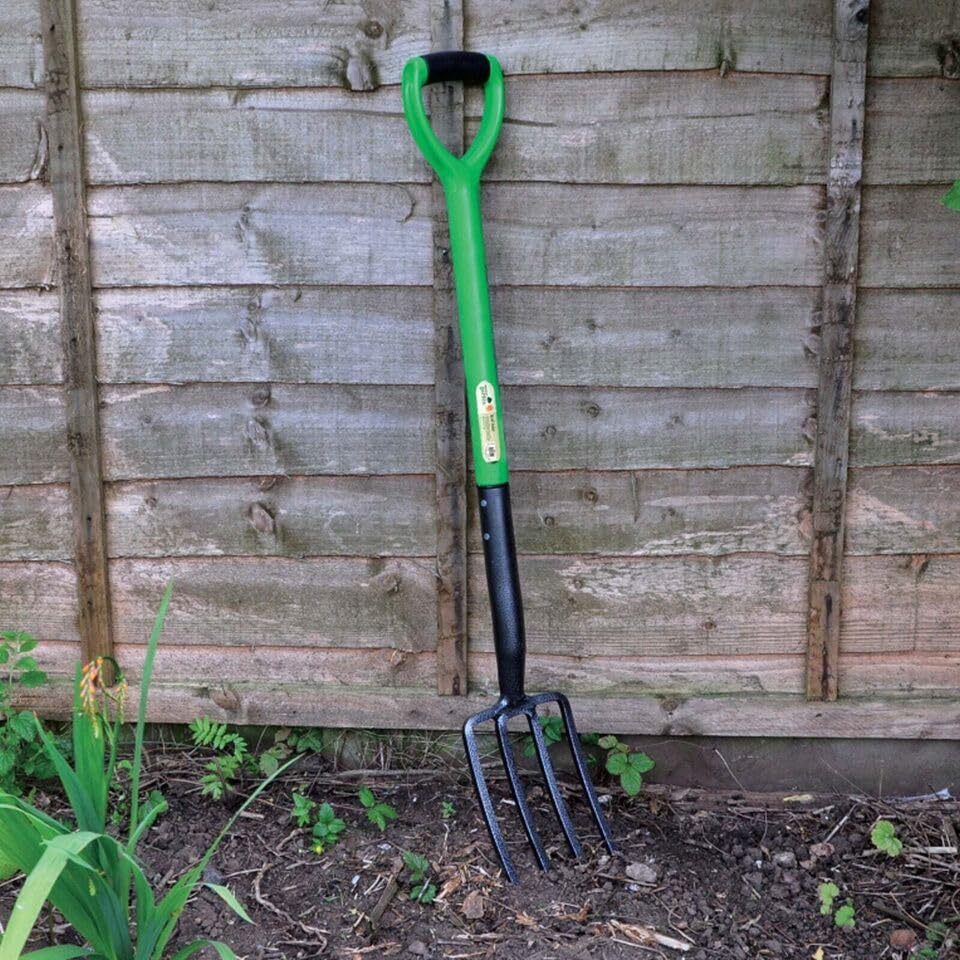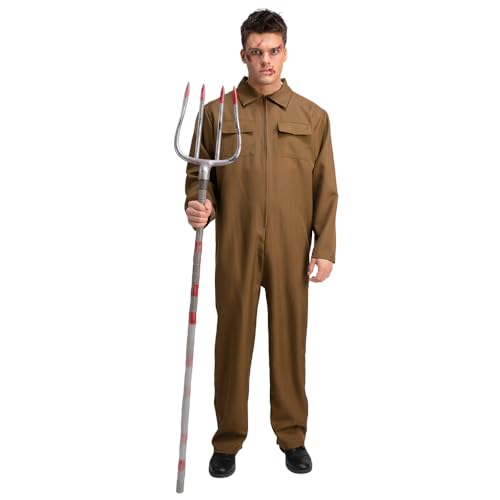The Tines
The most recognizable part of a pitchfork is its tines. These are the pronged metal spikes, which are typically about 8-10 inches long, that stick out from the fork. There are typically three or four tines on a pitchfork, although there can be more or fewer depending on the design. The tines are used to pierce and lift hay, straw, or other materials.
The Shaft
The shaft, or handle, of a pitchfork is the part that is held by the user. It is usually made of wood or metal and can vary in length and thickness. Shorter shafts are better suited for smaller individuals or for working in tight spaces, while longer shafts provide greater leverage for heavier loads. Some pitchforks have a “D” handle at the end of the shaft, which can help to reduce strain on the wrist and provide a better grip.
The Ferrule
The ferrule is a metal band that is located where the tines meet the shaft. It serves to strengthen the joint between the two parts and prevent the tines from wobbling or coming loose. The ferrule is typically made of steel, brass, or another durable metal and is often crimped onto the shaft during manufacture.
The Grip
The grip is the part of the shaft that is held by the user’s hand. It can vary in shape and size, depending on the design of the pitchfork. Some grips are straight and cylindrical, while others are shaped like a “T” or have a contoured shape that conforms to the hand. The grip can be made of wood, plastic, rubber, or another material that provides a secure and comfortable hold.
The Butt
The butt is the end of the shaft opposite the tines. It can be rounded, flat, or angled depending on the design of the pitchfork. In some cases, the butt may be capped with a metal or plastic cap to prevent moisture or debris from entering the shaft. The butt can also be used as a lever for positioning materials or as a striking surface for breaking up clumps of soil or other materials.






